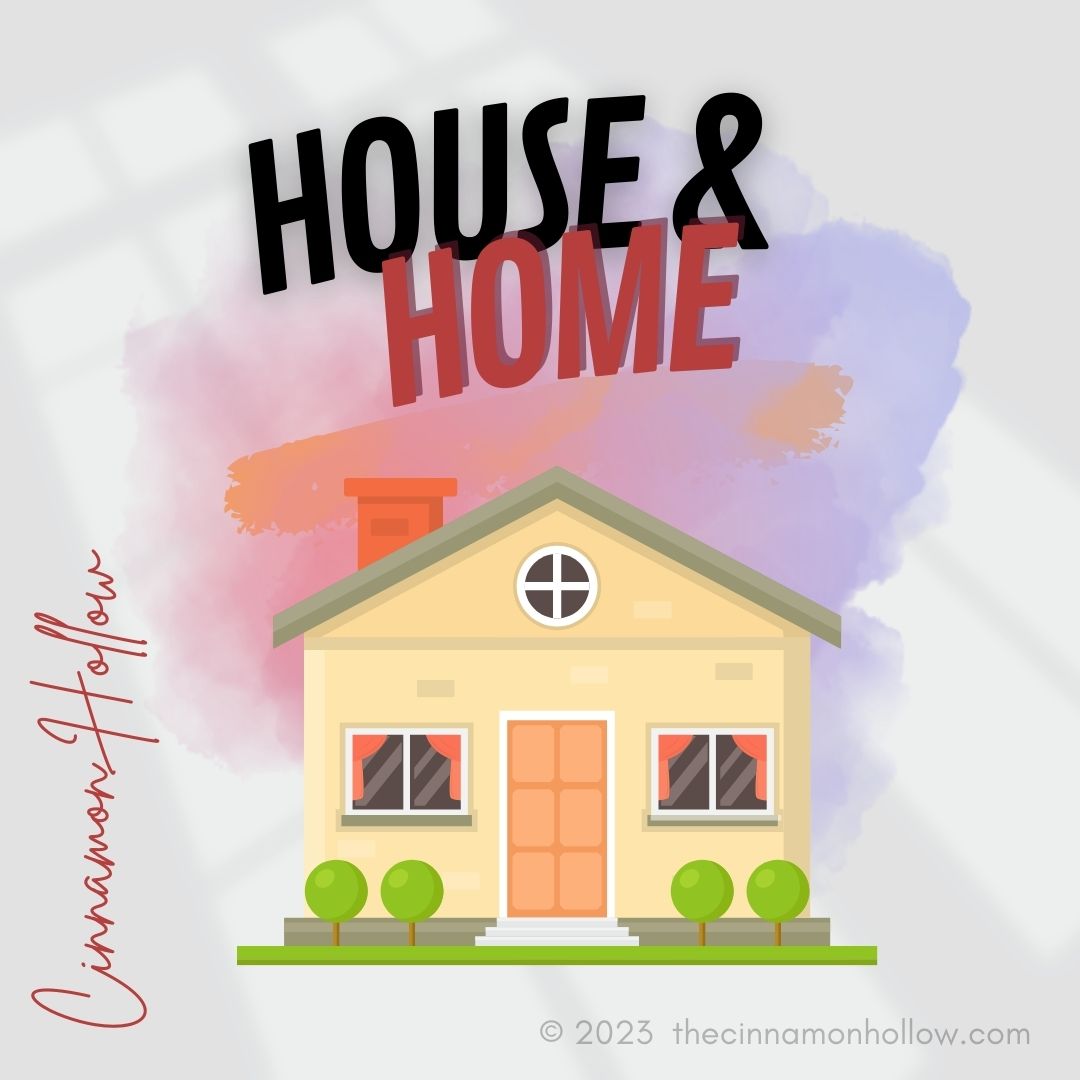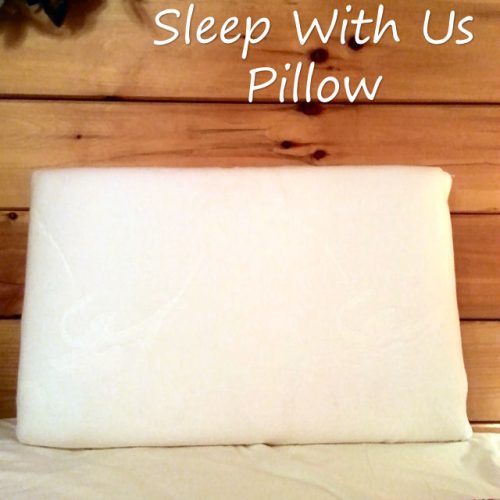Gabbeh rugs are bold, spirited artisanal works that speak to the nomadic tribes they originate from. These rugs carry tribal stories that transcend time and perfectly complement modern interiors.
Their versatility makes them suitable for nearly any style of decor, from minimalist to bohemian to classic. Choosing the right one is easy when you consider a few key factors:
Size
A Gabbeh rug can liven up your home, adding colors. However, it is essential to pick one suitable for your space. For example, if you plan to use it in your living room, ensure it is large enough to accommodate sofas and other major furniture pieces.
Traditionally, Gabbehs are woven with lustrous wool from the nomadic tribes that produce them. They are also dyed using natural, plant-based dyes that give them rich, warm hues. The result is a hand-knotted floor covering a uniquely crafted and precious floor, with each piece reflecting the weaver’s narrative and emotions. Modern Gabbehs are also woven to fit contemporary tastes, featuring geometric patterns and a diverse color palette. They may also include modern materials like synthetic dyes to meet consumer demands. However, they always keep their handmade origins. It makes them a unique and special piece of art you can add to your home.
Color
Gabbeh rugs are versatile enough to work well with many different types of decor. Their bold motifs play well with patterned throw blankets and textured pillows, creating visual harmony among assorted furnishings. They also complement natural elements such as indoor plants, wooden furniture, woven baskets, and raw metals.
Qashqai weavers often use natural vegetable dyes to color their wool, creating a rug rich in texture and warmth. The color palette of Gabbehs includes yellows ranging from honey and sun to curry, earthy browns such as sand, peat, caramel, and cinnamon, reds like chimney, cherry, and Bordeaux, and blues like lapis, emerald, and sapphire.
Because these rugs are handmade, they are one-of-a-kind pieces. For this reason, it is essential to ensure the colors are colorfast by performing a dye test. To do this, blot a small rug section with a clean white cloth and see if the color transfers. If it does, consider using a professional cleaning service for your Gabbeh rug to avoid permanent damage.
Pattern
A Gabbeh rug combines a captivating farmhouse vibe with detailed designs that complement various decor. Its plush texture creates comfort and absorbs sound, making it ideal for homes with hard flooring.
Traditionally, Gabbehs were designed by the weaver based on her everyday experiences and environment. It makes each piece a genuine creative expression of the weaver.
The color of a Gabbeh is usually made through natural vegetable dyes, with red and yellow being typical hues. These dyes also help the rug maintain its freshness for extended periods.
Gabbehs have an open field and abrash colors with simple motifs like animals, birds, and plants. However, some modern Gabbehs have a more minimalist look and feature a single dominant color. It makes them more easily incorporated into modern design.
Design
Gabbeh rugs are known for their richly colored motifs and patterns. These rugs can bring any space a rustic and earthy feel, adding warmth and comfort. They also feature designs that are often symbolic and carry a certain level of cultural significance. It makes them perfect for those who want to add a unique touch of history and tradition to their home.
Despite the complexity of their designs, Gabbeh rugs are easy to work with. They pair well with patterned throw blankets, textured pillows, and various furniture styles. They can even be used as the focal point of a room, creating balance and harmony with other decor elements.
Gabbeh rugs are highly durable because of their thick pile and natural materials. They are highly durable and perfect for high-traffic areas. However, it is essential to remember that these rugs are best kept away from direct sunlight as prolonged exposure can cause color run and fiber damage.







